When we think of Sega Genesis games, classics like Sonic the Hedgehog, Golden Axe and Streets of Rage immediately come to mind. But what many don't know is that, decades after its original release, Sega's console continues to receive new titles. Yes, in 2025, independent developers, dedicated fans, and retro enthusiasts are keeping the 16-bit flame alive with all-new productions. These games aren't simple hacks or modifications; they're entirely new games, built from scratch, that explore the full potential of the hardware, often rivaling the great releases from the console's golden age.
Below, I've listed 12 new Sega Genesis games that are being released by fans and console enthusiasts. Each one offers unique features, from action and fantasy adventures to bold recreations of classics. It's a true gift for collectors and nostalgic gamers.
Phantom Gear
Phantom Gear is perhaps one of the most anticipated releases in the Genesis homebrew scene. Inspired by classics like Mega Man X and Gunstar Heroes, the game combines intense platforming action with exploration elements, resulting in an experience that feels straight out of the 90s. The player controls Josephine, a young warrior equipped with futuristic armor and multiple abilities. The game's greatest charm lies in the variety of weapons, which can be acquired and exchanged throughout the adventure, giving the player different ways to face enemies.
The graphics are impressive for their rich detail and vibrant colors, proving how much can still be extracted from the console's hardware. Character and enemy animations are fluid, and the level design follows the classic progression pattern, alternating between futuristic settings, caves, and laboratories. Another strong point is the soundtrack, with compositions reminiscent of Yuzo Koshiro's best moments on the console.
The game also offers a balanced challenge: it's demanding but never unfair. With each stage, new enemies and bosses test the player's skill, ensuring exciting progression. Phantom Gear represents the pinnacle of what passionate fans can create and is already one of the most important titles in the Sega Genesis homebrew scene.
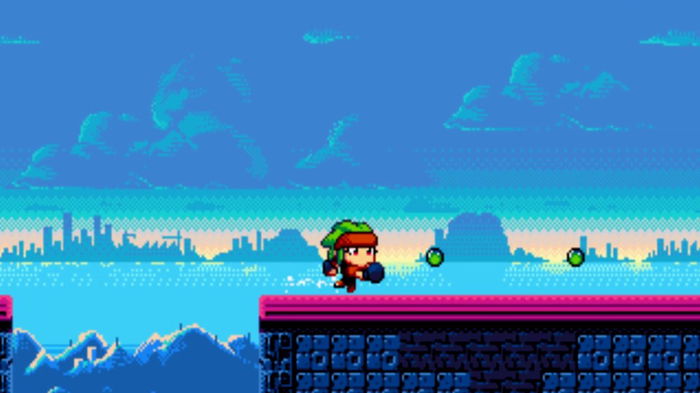
ZPF
Among the genres that shone brightest on the Sega Genesis, space shooters have always held a prominent place, and ZPF is a love letter to classics like Thunder Force IV. This new indie game pushes the console to its limits, bringing high-quality graphics to a side-scrolling shoot 'em up. The variety of environments is impressive: from asteroid fields to alien bases, everything is richly detailed and filled with enemies that fill the screen.
ZPF's unique feature lies in its fast-paced gameplay. The action is constant and frenetic, with multiple enemy shots crossing the screen at once. To deal with this challenge, the player has access to various weapons and upgrades, which can be strategically switched between levels. This adds a tactical layer to the classic style of the genre, very reminiscent of the systems seen in Gradius.
The soundtrack also deserves a mention, featuring vibrant electronic music that perfectly accompanies the game's futuristic and fast-paced atmosphere. Each stage culminates in battles against gigantic bosses, which utilize complex attack patterns and require constant attention.
More than just a shooter, ZPF is a true technical demonstration of what the Genesis can still offer. It's the kind of game that celebrates the past and shows how the genre can still evolve even on a 16-bit console.
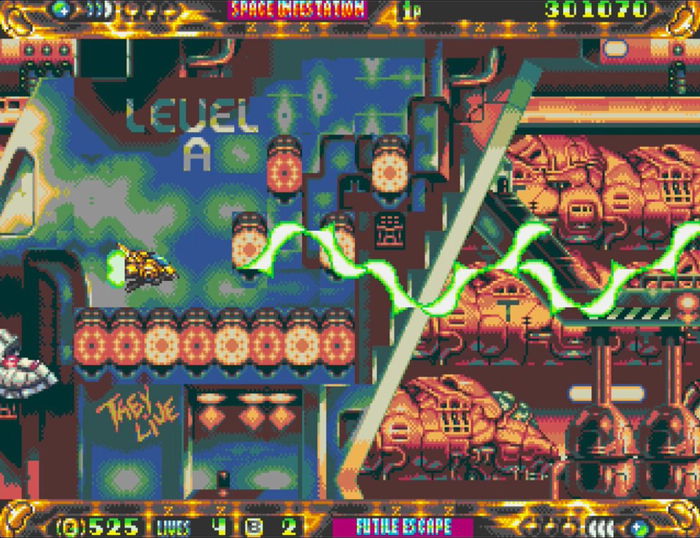
Astebros
From the creators of Demons of Asteborg comes Astebros, a spin-off focused on cooperative action and exploration. While the first title blended elements of Castlevania and Mega Man, this one focuses more on multiplayer, allowing up to two players to face hordes of enemies in dungeons and dark environments.
Astebros's biggest draw is the ability to choose between different characters, each with unique abilities. This creates an interesting cooperative dynamic, where players can combine attacks and strategies to overcome more complex challenges. The levels are vast, full of secrets and alternative paths, encouraging exploration and replayability.
Graphically, Astebros impresses with its detailed gothic settings, reminiscent of the best 16-bit action games of the era. The dark color palette perfectly matches the epic tone of the adventure, and the sprites are well-animated, highlighting the developers' careful work.
The gameplay blends fast-paced combat with RPG elements, allowing you to evolve your character, acquire new equipment, and strengthen your skills. This system gives the game a depth few Genesis titles had during its heyday.
Astebros demonstrates that the homebrew scene isn't limited to nostalgia alone, but can deliver modern and challenging experiences, bringing innovation even to a three-decade-old console.
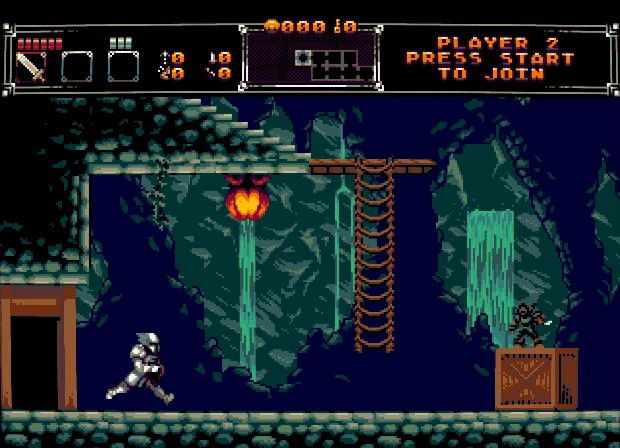
Dino Fighters
If you've always dreamed of a fighting game in the style of Primal Rage or even inspired by Killer Instinct, Dino Fighters is a real surprise in the recent catalog of Sega Genesis homebrews. The premise is clear: dinosaurs fighting in brutal combat, each with their own special moves, combos, and unique abilities.
The game features a diverse selection of prehistoric fighters, ranging from aggressive tyrannosaurs to agile pterosaurs. Each character has their own arena, set in settings such as volcanoes, tropical forests, and ancient deserts. Visually, the graphics are impressive for Genesis standards, using large, highly detailed sprites that pack a punch during combat.
In terms of gameplay, Dino Fighters follows the classic formula of 2D fighting games, with half-circle commands, chained combos, and special moves. It's a game that requires practice but rewards players with intense and satisfying battles. There's also a two-player mode, perfect for reliving the feeling of competing side-by-side in front of the TV.
The soundtrack also deserves mention, featuring songs that blend tribal percussion with electronic elements, creating a unique atmosphere. Dino Fighters is not just a curious game but proof that the fighting genre still has a place on the console, even so many years after its peak.
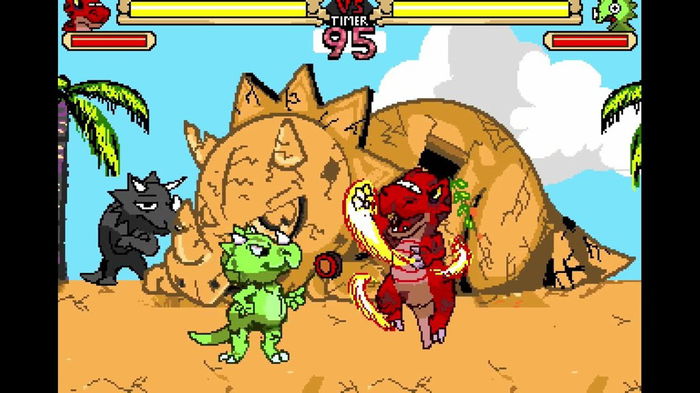
Deamon Claw
Deamon Claw is one of the most ambitious projects in the Sega Genesis homebrew scene, featuring a dark, medieval aesthetic reminiscent of classics like Altered Beast and Shadow of the Beast. The game casts the player as a cursed warrior who, after being branded with a demonic claw, must face hordes of supernatural creatures in a world ravaged by darkness.
The gameplay blends platforming action with melee combat, but the difference lies precisely in the protagonist's demonic claw. It can be used not only as a weapon but also to interact with the environment, breaking obstacles and even grabbing strategic points, allowing access to new areas. This gives the game an extra layer of exploration, something rarely seen in classic Genesis titles.
Visually, Deamon Claw impresses with a dark and detailed color palette, effectively leveraging the gothic and somber style that matches the narrative. The enemy sprites are huge and varied, ranging from demonic beasts to corrupted warriors.
The soundtrack is also a spectacle in itself, with melancholic compositions that reinforce the game's atmosphere of despair. For those who enjoy titles with a more serious and challenging approach, Deamon Claw is a must-have. It's a perfect example of how fans can push the creative boundaries of a classic console, offering a unique and immersive experience.
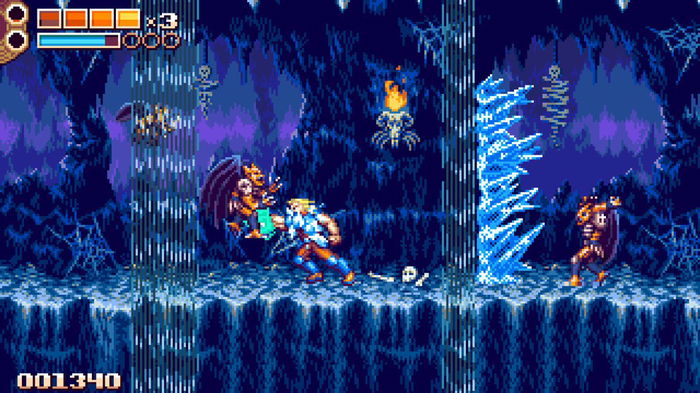
Zabu
Among the recent Sega Genesis releases, Zabu is one of the most intriguing and charismatic. Unlike the darker or more epic titles in the homebrew scene, this game boasts a colorful and fun aesthetic, reminiscent of classics like Ristar and Dynamite Headdy. The protagonist, Zabu, is a small magical creature who embarks on a journey to save his world from a mysterious threat.
The game's biggest highlight is its skill system. Zabu can absorb elemental powers from defeated enemies, such as fire, ice, and electricity, which completely alter his attack style and even his interaction with the environment. This gives the player the freedom to experiment with different combat styles and creates an interesting strategic dynamic.
Zabu's graphics are vibrant and full of personality. Each level has a unique visual style, from enchanted forests to crystal castles, always with abundant detail and color reminiscent of the peak of creativity on the Genesis. The soundtrack matches the cheerful and adventurous tone, with catchy songs that linger long after play.
In terms of gameplay, Zabu offers a balanced progression, mixing action and simple puzzles that utilize acquired powers. This makes the game not only challenging but also rewarding for those who enjoy exploring and experimenting with possibilities.
Zabu demonstrates how there's still room for creative and original games on the console, captivating players with its unique charm.
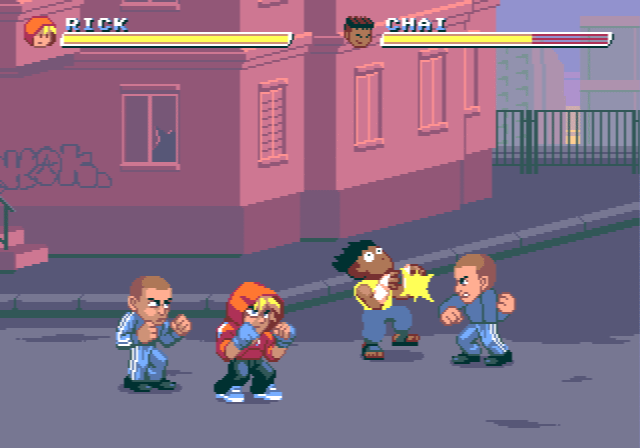
Black Jewel Reborn
Black Jewel Reborn is a true love letter to classic Sega Genesis action-adventure games, drawing strong influences from titles like Golden Axe and Shadow of the Beast. The game features two warriors – a barbarian and an amazon – who set out searching for the legendary Black Jewel, stolen by evil forces that threaten to destroy the world.
The highlight here is the cooperative system. Just like in Golden Axe, you can play as a duo, facing hordes of enemies with physical attacks, weapons, and even special magic. The combats are intense, and enemies appear in abundance, requiring quick reflexes and teamwork.
The graphics are impressive for their richness of detail: dark settings, ancient temples, caves, and medieval ruins create the perfect atmosphere for the adventure. The art direction focuses on large, well-animated sprites, which give the battles greater weight and impact.
Another strength of Black Jewel Reborn is its epic soundtrack, which accompanies the action moments and creates a sense of urgency and grandeur. The game also features challenging bosses, each with distinct attack patterns that require specific strategies to defeat.
More than just a tribute, Black Jewel Reborn proves that the beat 'em up formula is still extremely fun. For those who grew up playing Golden Axe and Streets of Rage, this title is a true gift.
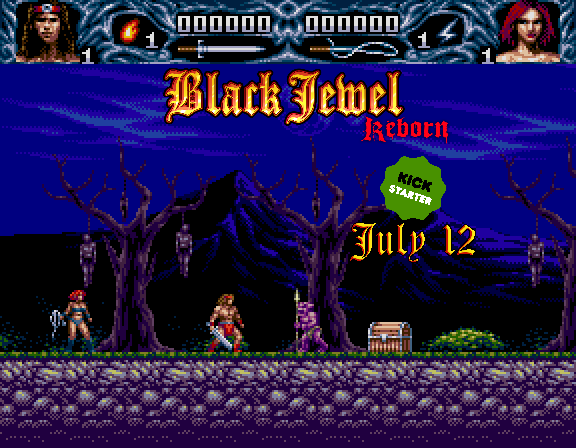
Bio Evil
If you've ever wanted to see Resident Evil running on the Sega Genesis, Bio Evil is the answer to that wish. This ambitious project recreates the survival horror experience on the 16-bit console, directly inspired by the first game in the Capcom series. The adaptation is impressive: even with its technical limitations, the title manages to deliver pre-rendered environments, detailed characters, and classic exploration gameplay with strategic combat.
The game maintains the atmosphere of tension and survival. The player must manage ammunition, explore shadowy mansions, and face horrific creatures, all with the same sense of vulnerability that made the original a landmark in the 1990s. The inventory system has been ingeniously adapted, allowing the player to switch weapons and items conveniently within the constraints of the Genesis.
Graphically, Bio Evil is one of the greatest proofs of the talent of the homebrew community. The static environments are very reminiscent of the PlayStation's digitized backgrounds, and the character sprites are beautifully animated. Even with the limited color options, the developers managed to convey the atmosphere of terror and suspense.
The soundtrack is also a highlight, with tense music that reinforces the game's oppressive atmosphere. This isn't just a technical experiment but a title that truly delivers the 16-bit survival horror experience.
Bio Evil is undoubtedly one of the greatest achievements of the retro scene, demonstrating how dedicated fans can achieve the impossible on consoles.
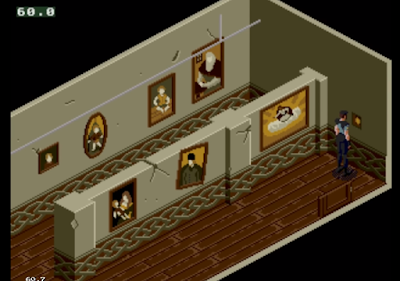
Castlevania: Symphony of the Night (Genesis Demake)
Few would imagine seeing Castlevania: Symphony of the Night, one of the greatest PlayStation classics, running on the Sega Genesis. But thanks to the fan community, this dream became a reality in the form of a “demake”. While not a complete conversion of the original game, the project masterfully adapts the essence of the title, recreating the gothic settings and the 16-bit "Metroidvania" exploration style.
In the game, the iconic Alucard roams a dark castle filled with enemies and secrets. The gameplay blends fast-paced combat with non-linear progression, allowing the player to revisit areas, unlock new paths, and acquire special abilities. This innovative structure for the Genesis brings a freshness never before seen, demonstrating how the console still has room for complex experiences.
The graphics are stunning: detailed sprites, fluid animations, and environments that capture the gothic atmosphere of the original. Of course, the demake has technical limitations, but the result is impressive by console standards. The soundtrack, adapted for the Genesis' sound chip, is another strong point—even simplified, the iconic songs still send chills down your spine.
Castlevania: Symphony of the Night on the Sega Genesis is more than just a tribute. It's a show of respect for the franchise and the console, proving how dedicated fans can accomplish projects that once seemed impossible.
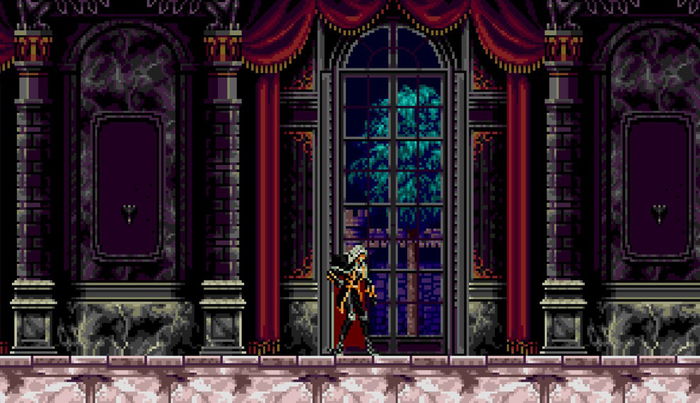
Kirito The Game
Inspired by the Sword Art Online universe, Kirito The Game brings to the Sega Genesis an experience that blends action RPG with hack-and-slash elements. The player assumes the role of Kirito, the anime's protagonist, facing monsters in dungeons, open fields, and arenas in fast-paced, combo-filled battles.
The game impresses by adapting a modern anime universe to a 1990s console. The sprites are well-designed, with Kirito displaying a good variety of moves and special techniques. Furthermore, the game features battles against enormous bosses, reminiscent of titles like Ys III and Beyond Oasis.
The gameplay flows well: combat is straightforward, but there are also progression systems, with weapon and skill upgrades as the player progresses. This gives the game a light RPG feel, something that fits well with the narrative style of Sword Art Online.
Visually, Kirito The Game presents varied and colorful settings, ranging from lush green fields to dark caves. The soundtrack follows the same style, with vibrant music that reinforces the adventurous atmosphere.
Although a more niche title, aimed at fans of anime and the original franchise, Kirito The Game demonstrates how the homebrew community can expand the boundaries of the Genesis, bringing unexpected universes to the console.
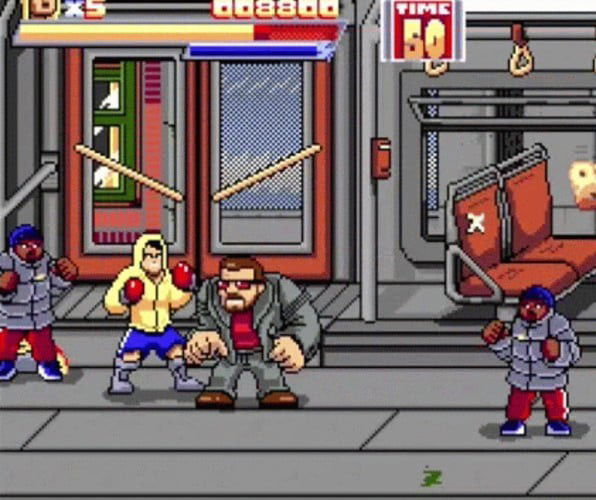
Sword of the Apocalypse
Sword of the Apocalypse is an epic action RPG that stands out for its grand scale, reminiscent of classics like Landstalker and Light Crusader. The game places the player in a world ravaged by evil forces, where the only hope lies in recovering the legendary Sword of the Apocalypse.
The gameplay blends isometric exploration with dynamic combat, something unusual on the Sega Genesis. In addition to battling enemies, the player must solve environmental puzzles, explore dungeons, and interact with NPCs, creating a rich and varied experience.
What's most impressive about Sword of the Apocalypse is the depth of the progression system. The character can evolve, acquire new skills, and customize equipment. For a homebrew game, this complexity is surprising, bringing an experience close to that of a 32-bit RPG.
The graphics are detailed and meticulous, with vast and varied settings: villages, deserts, forests, and caves that seem much larger than what we're used to seeing on consoles. The soundtrack is also noteworthy, with epic compositions that reinforce the sense of adventure.
Sword of the Apocalypse isn’t just a game but a true declaration of love for the classic console and the tradition of classic RPGs. It's a must-have title for fans of the genre and a milestone in the indie scene.
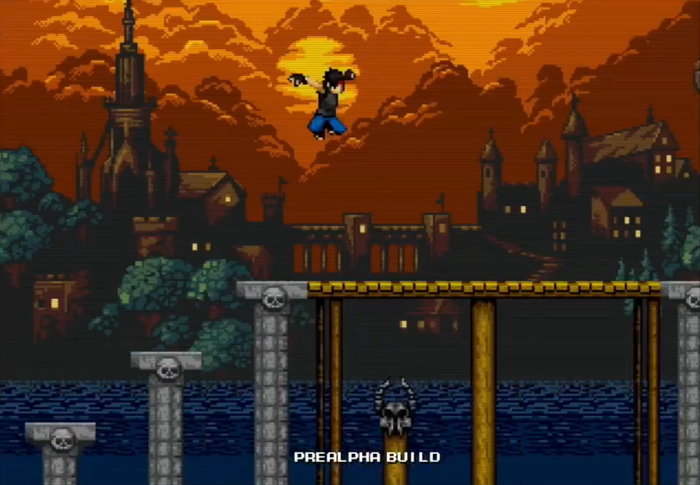
Mega Final Fight
Capcom never officially brought Final Fight to the Sega Genesis, but fans decided to make up for that. Mega Final Fight is an enthusiast-made port that faithfully recreates the experience of the classic Sega 16-bit beat 'em up. The adaptation features the iconic characters Cody, Haggar, and Guy facing off against the gangs of Metro City in action-packed stages.
The gameplay maintains the classic style: punches, grabs, flying kicks, and special moves in battles against multiple enemies. The game supports two players simultaneously, essential for reliving the arcade experience. Furthermore, it features balance adjustments and new graphical details that give the version a unique feel.
The sprites are large and well animated, and the environments faithfully recreate the dirty and dangerous urban environments of Final Fight. The soundtrack, adapted to the Genesis chip, successfully conveys the energy of the original songs.
What's most impressive is how Mega Final Fight fills a historical gap: while the Super Nintendo received an official (albeit limited) version, the Sega Genesis only received alternatives like Streets of Rage. Now, console fans can finally have their own version of this classic.
More than a port, Mega Final Fight is a historic revival and a testament to the talent of the community that keeps the passion for the console alive.
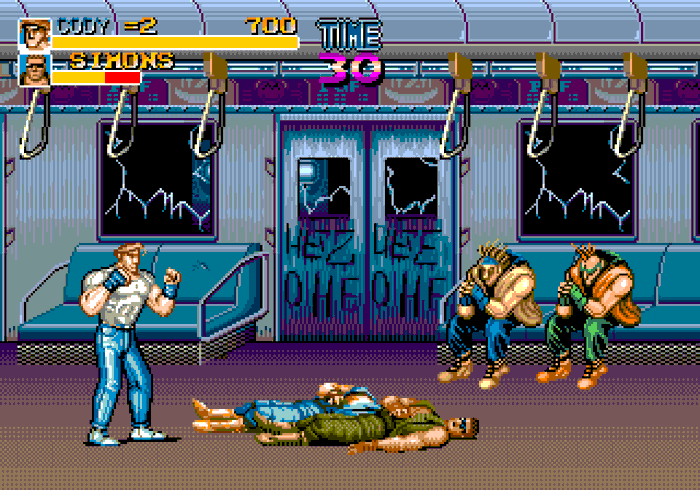
Conclusion
The Sega Genesis may have been released over 30 years ago, but it continues to surprise with new games created by fans and enthusiasts. Titles like Phantom Gear, ZPF, and Bio Evil showcase the community's technical talent, while projects like the demake of Castlevania Symphony of the Night and Mega Final Fight revive classics in a new way. Original adventures like Zabu and Sword of the Apocalypse prove there's still plenty of room for creativity on the console.
These independent releases aren't just curiosities: they represent a true movement of preservation and innovation, keeping the spirit of the '90s alive while offering new experiences. For collectors and retro gaming fans, this is a unique moment: there have never been so many new games released for the Genesis in the 21st century.
More than nostalgia, these projects are a celebration of the passion for video games. The Sega Genesis has never been more alive.









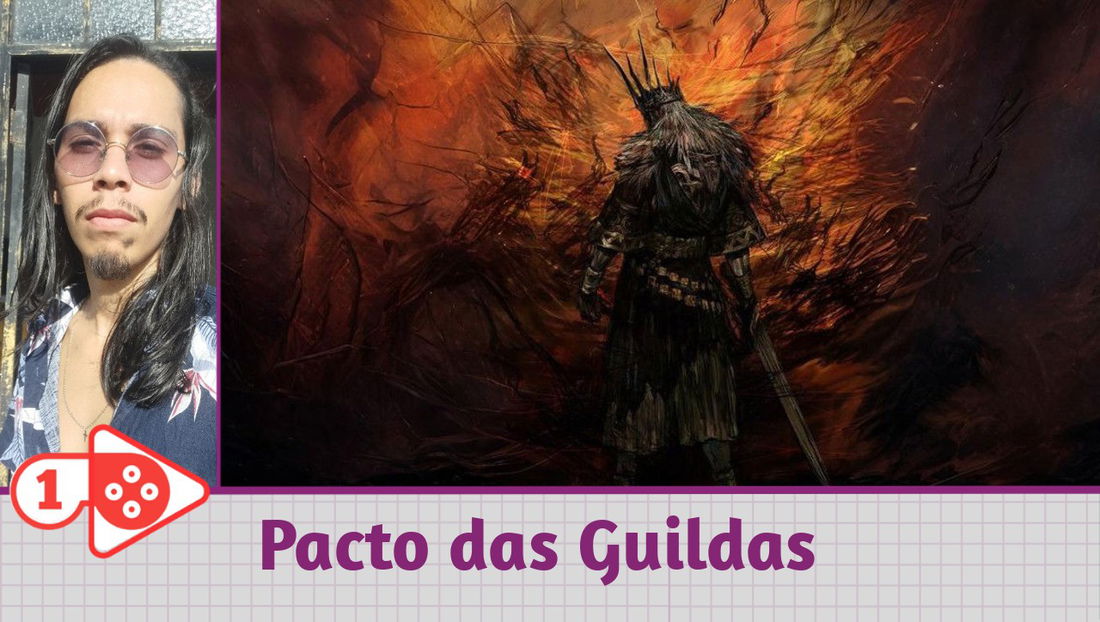



— Comments 0
, Reactions 1
Be the first to comment